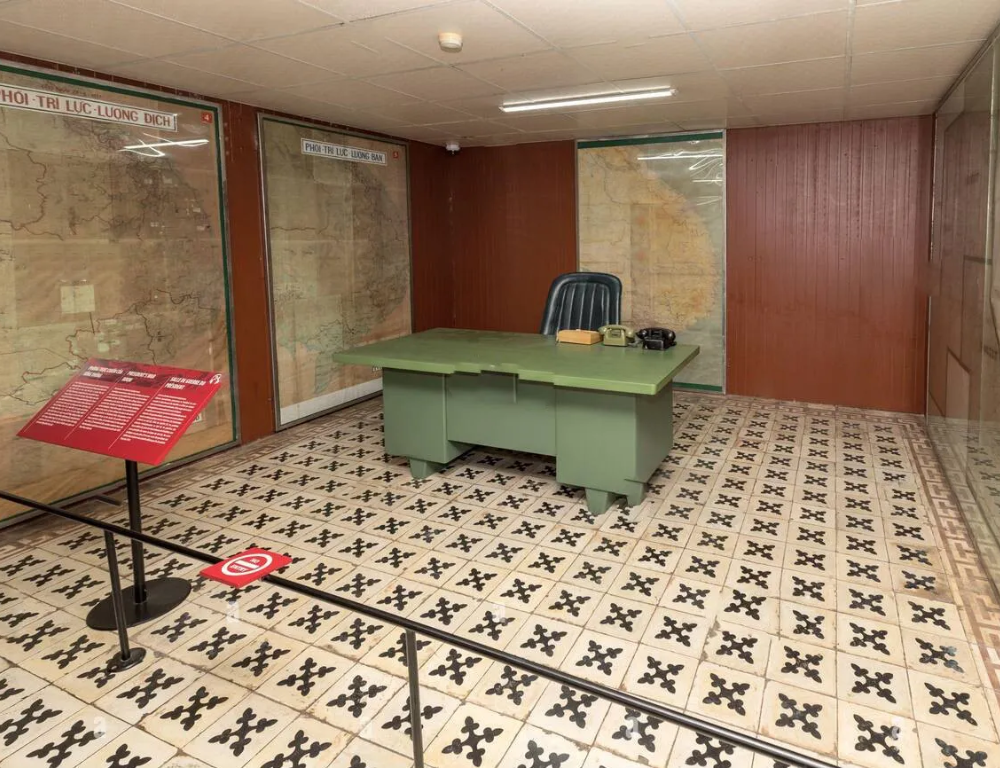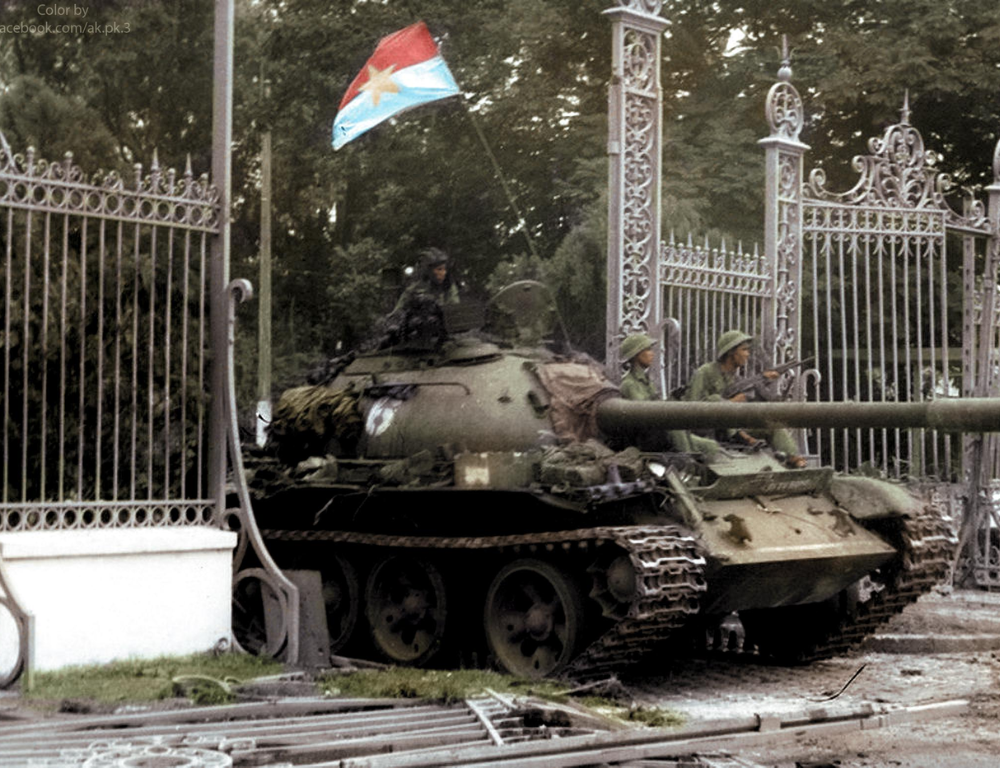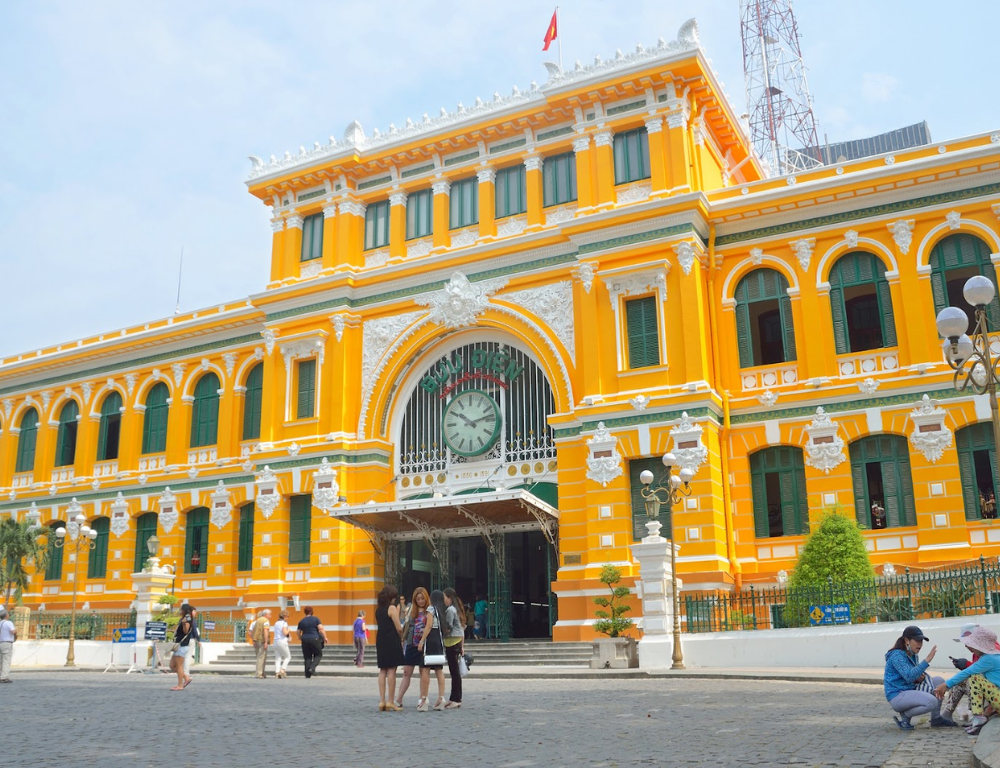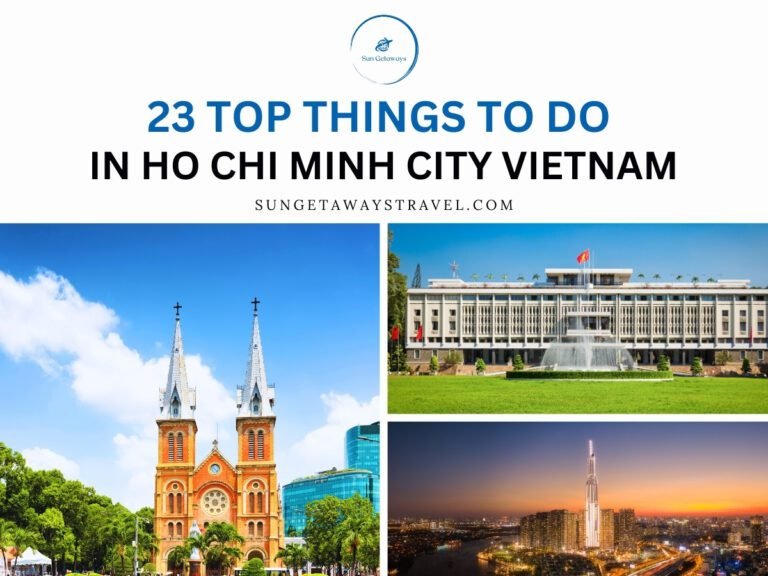Must-See Saigon: A Complete Guide to the Independence Palace Tour
The Independence Palace, also known as the Reunification Palace or Presidential Palace Saigon, is a historic landmark in Ho Chi Minh City, Vietnam. A tour of the Independence Palace offers visitors the opportunity to explore its grand architecture, historical significance, and preserved rooms that provide insight into the political and cultural history of Vietnam. It played a significant role in the Vietnam War and is a symbol of the country’s struggle for independence. Visitors can also learn about the events that led to the end of the war and the reunification of Vietnam.
1. What is the Independence Palace?
A Symbol of Vietnam’s History
The Independence Palace tour offers not only a remarkable architectural masterpiece but also a powerful symbol of Vietnam’s strength and solidarity. Originally built in 1868 as a residence for the French Governor of Cochinchina, the palace witnessed numerous historical events that eventually led to Vietnam’s independence from colonial rule. The building was rebuilt in the 1960s after being damaged during bombing raids and is now a monument to Vietnam’s unification.


The Role of the Palace in the Vietnam War
Presidential Palace Saigon played a crucial role in the Vietnam War. It was the home and workplace of the South Vietnamese president, and the final moments of the war are tied to this building. On April 30, 1975, a North Vietnamese tank crashed through the gates of the Presidential Palace Saigon, marking the fall of Saigon and the end of the Vietnam War. Today, visitors can take an Independence Palace tour and stand in front of the very gates where this historic event took place.
🔥 Learn more about the history of Saigon with a visit to A Guide to Ho Chi Minh City’s War Remnants Museumᯓ★
2. How to Get to the Independence Palace
Directions and Accessibility
You can get an Independence Palace tour conveniently because of its location in District 1, the heart of Ho Chi Minh City, and is easily accessible by various modes of transportation. You can take a taxi, ride-share services, or even hop on a motorbike if you prefer a more local experience. If you’re staying nearby, the palace is within walking distance from other major attractions such as Notre Dame Cathedral and the Saigon Central Post Office.
Entry Fees and Timings


The palace is open daily, usually from 8:00 AM to 4:00 PM. The entrance fee is affordable, around 40,000 VND (approximately $2 USD) for adults. Discounts are available for students and children, making it an accessible experience for everyone.
🔥 Want to explore more of Saigon? Check out now: Ho Chi Minh City Transportation: A Complete Guide ᯓᡣ𐭩
3. Key Highlights of the Independence Palace Tour
The Presidential Office
One of the most fascinating parts of the tour was the Presidential Office, where crucial decisions were made during the Vietnam War. The office is preserved as it was in the 1970s, offering visitors a glimpse into the past.


The War Room
The War Room is another significant area, complete with old maps and communication devices. It was from here that South Vietnamese leaders monitored the war and directed military operations.


The Rooftop and Helicopter Pad
Don’t forget to visit the rooftop during your Independence Palace tour. It’s here that the last helicopter evacuations took place during the fall of Saigon. The helicopter pad and the view of the city skyline add a layer of depth to the historical experience.


The Secret Bunkers
Beneath the palace lies a network of secret bunkers. These were used as hideouts and command centers during the war, and exploring them gives you a sense of the intense atmosphere during the final days of the conflict.


4. The Architecture of the Presidential Palace Saigon
Mid-century Modern Design
The Independence Palace tour offers a classic example of mid-century modern design. Built in the 1960s by Vietnamese architect Ngo Viet Thu, the design is sleek and functional, yet symbolic of the era. The palace’s layout was carefully designed to reflect the harmony between humans and the universe.
Symbolism in the Palace Structure
Every element of the Presidential Palace Saigon has a symbolic meaning. For instance, the four pillars at the entrance represent the four seasons, while the 80-meter-long main hall represents longevity and prosperity. The intricate design invites visitors to not only appreciate its aesthetic but also ponder the deeper cultural meanings.



5. The Significance of the Palace’s Fall in 1975
The fall of the Independence Palace on April 30, 1975, marked the official end of the Vietnam War and became a symbol of peace and reunification. This historical significance makes the Independence Palace a popular tourist attraction in Vietnam, with many visitors taking the Independence Palace tour to learn more about its role in history.


🔥 Planning a trip to Saigon? Don’t miss out: Exploring Ho Chi Minh City’s Religious Sites: Temples, Pagodas, and Churches ᯓ★
6. Nearby Attractions to Visit
While you’re in District 1, there are several other landmarks worth visiting:
Notre Dame Cathedral Basilica of Saigon


Located just a few minutes away, the Notre Dame Cathedral is a stunning French colonial-era church that continues to be a major draw for tourists and locals alike.
🔥 Want to explore more of Saigon? Check out now: A Guide to Saigon Notre Dame Cathedral
Saigon Central Post Office
The Saigon Central Post Office, designed by Gustave Eiffel, is a stunning example of Gothic and French colonial architecture. It continues to operate as a functional post office and is a popular destination for tourists looking to send postcards home. Additionally, visitors often include it as part of their Independence Palace tour.


🔥 You might want to check out: Saigon Central Post Office: More Than Just a Post Office ᯓᡣ𐭩
Cao Dai Holy See
Although a bit farther away, a trip to the Cao Dai Holy See is well worth the effort. This colorful temple is the headquarters of the Cao Dai religion, a unique fusion of Eastern and Western philosophies. Visiting the Holy See provides a contrast to the war history you’ll explore in the Independence Palace tour, offering insight into Vietnam’s spiritual life.


🔥 Don’t miss out on these top-rated experiences: A Day Trip to the Cao Dai Holy See ᯓ★
📸 Contact us via WhatsApp or follow Sun Getaways Travel Fanpage to get the best information for your Ho Chi Minh City trip. Or follow these posts to get the details if you want to:
7. FAQs
⟡ How long does the tour take?
The tour typically takes around 1-2 hours, depending on how much time you spend exploring the various rooms and exhibits.
⟡ Can I visit the Palace Gardens?
Yes, the Palace Gardens are open to the public and provide a peaceful setting to relax after your tour.
⟡ What is the best time to visit the Independence Palace?
The best time to visit is early in the morning to avoid the midday heat and crowds.
⟡ Is there a guided tour available?
Yes, guided tours are available in multiple languages, offering deeper insights into the history of the palace.
⟡ How does the Independence Palace tour connect to other historical landmarks?
The palace is part of a historical route that includes the War Remnants Museum, Notre Dame Cathedral, and the Saigon Central Post Office, making it easy to explore multiple sites in one day.
8. Conclusion
A tour of the Independence Palace is not just a trip through Vietnam’s recent history but also a journey into the soul of the nation. From its beautifully preserved rooms to the symbolic fall of the palace in 1975, the site offers an immersive experience. Whether you’re interested in architecture, history, or Vietnam’s cultural heritage, a tour of Independence Palace should be at the top of your list when visiting Saigon.
Experience Vietnam like never before with Sun Getaways Travel. Our all-inclusive trips cover every detail, from accommodations and transportation to unforgettable experiences. Ready to embark on your next adventure?
Ask a question
Leave a Comment (0)
No questions yet. Be the first to ask a question!




















